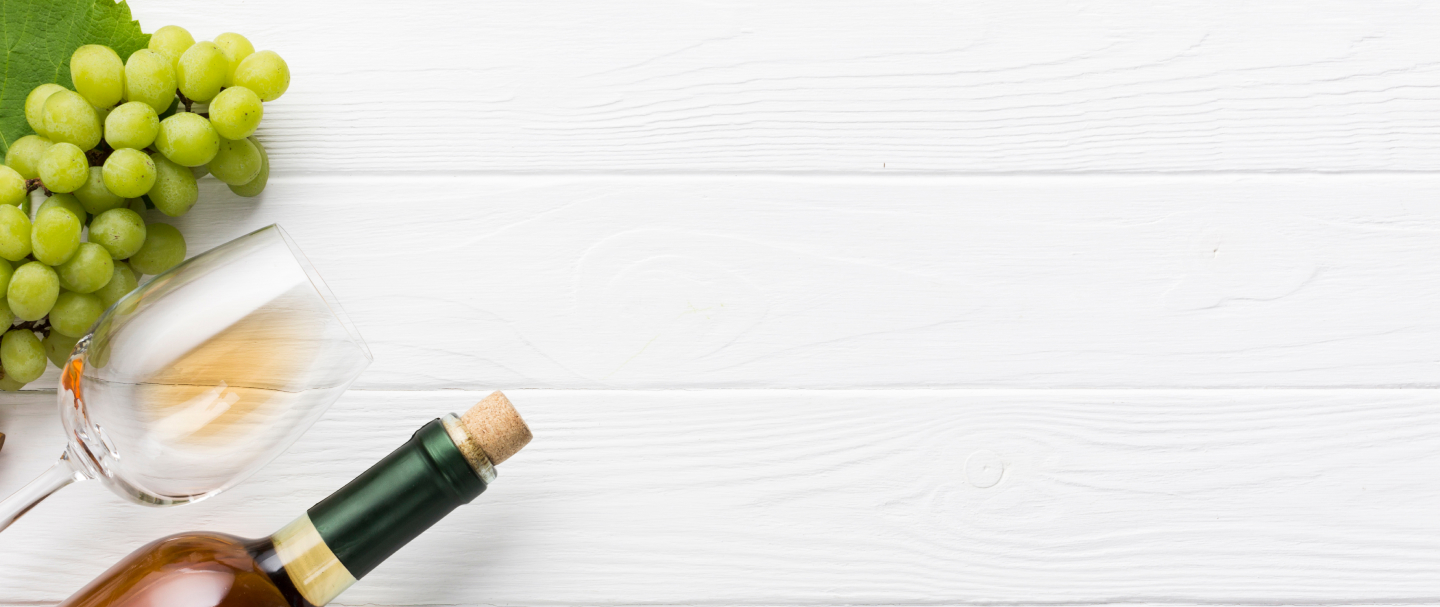Lambrusco Pisco Red Rhone Blend 375ml
Some grape species are distinct and unique varietals, clearly separate from each of their cousins. Others, like Lambrusco and Muscat, are more like umbrella terms, featuring several subspecies which show slight differences from each other from region to region. Indeed, there are astonishingly more than 60 identified varieties of Lambrusco vines, and they are almost all used in the production of characterful Italian sparkling wines. They are distinguishable by their deep ruby blush, caused by strong pigments present in their skins, and their intensely perfumed character.
Lambrusco vines are grown in several Italian regions, although we most closely associate this varietal with Piedmont and Basilicata. It has also been grown successfully in Argentina and Australia. The varietal suffered from a fairly lowly reputation in the late 20th century, due to bulk, low cost production of Lambrusco sparkling wines, aimed at markets across northern Europe and America. However, things are rapidly changing, and the older, more traditional methods of bottle fermentation are returning, along with a higher level of quality and expression, as consumers become more discerning and demanding. Many of the Lambrusco sub-varieties have their own established DOC, such as Lambrusco Salamino di Santa Croce, Lambrusco di Sorbara and Modena, where new regulations are keeping standards high and methods traditional.






